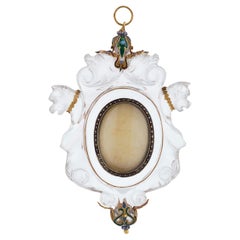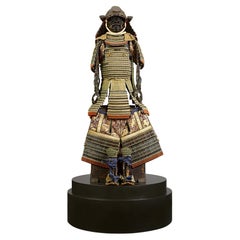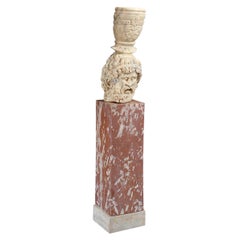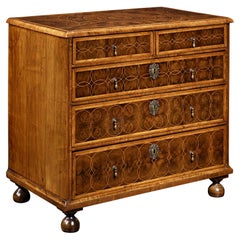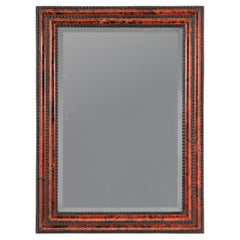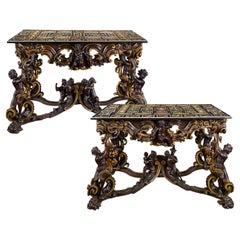M.S. Rau
Antique Early 17th Century Italian Religious Items
Rock Crystal, Gold
Antique 17th Century Japanese Edo Arms, Armor and Weapons
Copper, Iron
Antique 17th Century Italian Renaissance Fountains
Marble
Antique 17th Century English William and Mary Commodes and Chests of Dra...
Bronze
Antique 17th Century Baroque Wall Mirrors
Tortoise Shell, Mirror, Ebony
Antique 17th Century Italian Baroque Side Tables
Wood
Antique 17th Century English William and Mary Mantel Mirrors and Firepla...
Mirror, Fruitwood, Sycamore
Antique 17th Century German Renaissance Table Clocks and Desk Clocks
Silver
Antique 17th Century Italian Renaissance Pendant Necklaces
Multi-gemstone, Pearl, 18k Gold, Enamel
17th Century Old Masters Figurative Drawings and Watercolors
Laid Paper, Drypoint, Etching
17th Century Figurative Sculptures
Bronze
17th Century Baroque Nude Sculptures
Bronze
17th Century Renaissance Figurative Sculptures
Bronze
17th Century Old Masters Figurative Prints
Etching
17th Century Old Masters Figurative Prints
Paper, Etching
17th Century Baroque Nude Sculptures
Bronze
17th Century Old Masters Portrait Drawings and Watercolors
Paper, Etching
17th Century Mannerist Figurative Sculptures
Bronze
Early 17th Century Baroque Figurative Sculptures
Bronze
17th Century Old Masters Figurative Drawings and Watercolors
Etching, Paper
17th Century Old Masters Still-life Paintings
Canvas, Oil
17th Century Old Masters Portrait Paintings
Oil, Panel
17th Century Baroque Figurative Sculptures
Marble
17th Century Baroque Portrait Paintings
Canvas, Oil
21st Century and Contemporary Renaissance Fountains
Marble
Early 20th Century Austrian Collectible Jewelry
Jade, Rock Crystal, Gold
20th Century Unknown Organic Modern Natural Specimens
Quartz, Rock Crystal
21st Century and Contemporary Unknown Fountains
Marble
Antique Late 17th Century English William and Mary Commodes and Chests o...
Walnut, Holly
20th Century English Northern Renaissance Arms, Armor and Weapons
Iron
Antique 1810s English Console Tables
Brass
20th Century William and Mary Commodes and Chests of Drawers
Brass
20th Century English Northern Renaissance Arms, Armor and Weapons
Iron
Early 20th Century American Art Deco Console Tables
Wood
20th Century Wall Mirrors
Mirror
Antique 19th Century Turkish Fountains
Carrara Marble
Read More
Paul Revere Crafted This Silver Coffee Pot 250 Years Ago
Perhaps best known as a Revolutionary War hero, Revere was also an accomplished silversmith, and this pot is now available on 1stDibs.
Degas Portrayed These Exuberant Ukrainian Dancers with ‘Orgies of Color’
Discovered in Parisian cabarets, the performers reenergized the artist’s practice.
Wear Louis Comfort Tiffany’s Genius on Your Finger with This Vivid Ring
In his jewelry making, the designer rarely used diamonds — this rare example has two.
You Won’t Find a More Handsome Stopwatch Than This 1890s Pocket Chronograph
A Grand Complication from the golden era of pocket watches, the Marius Lecoultre pocket watch does everything but uncork your wine.
